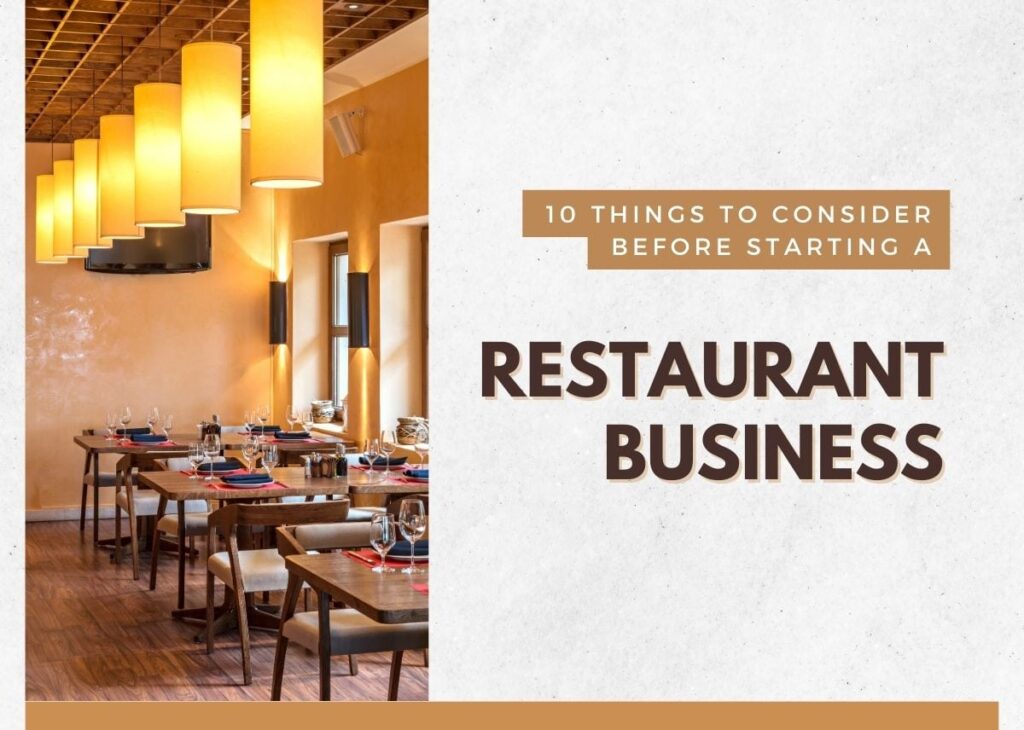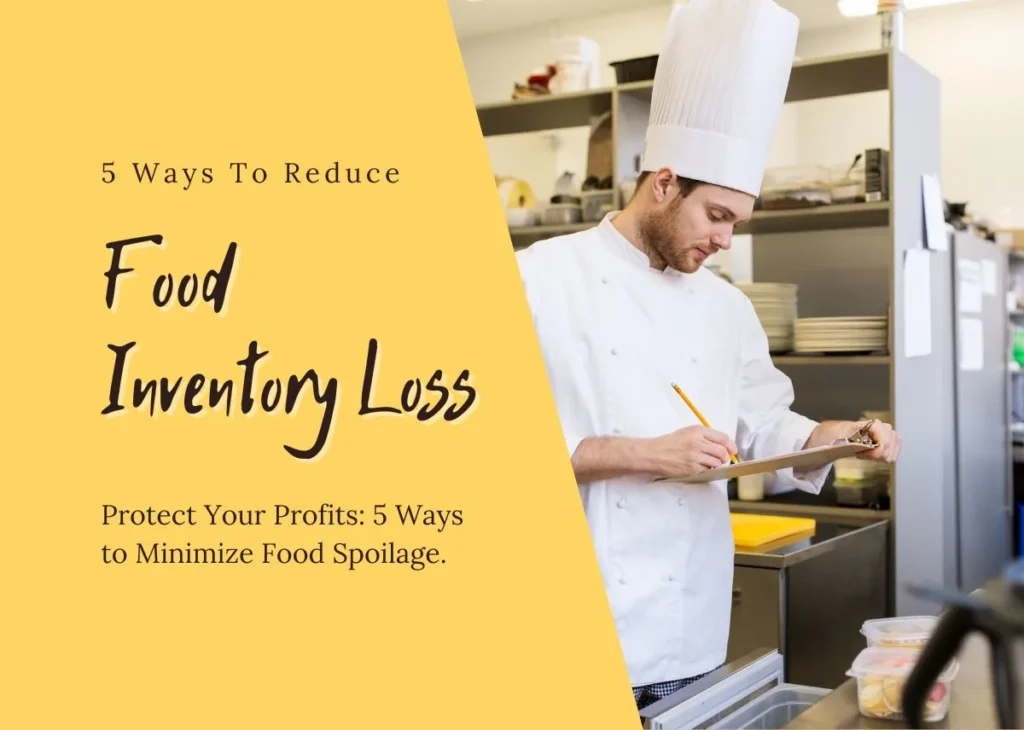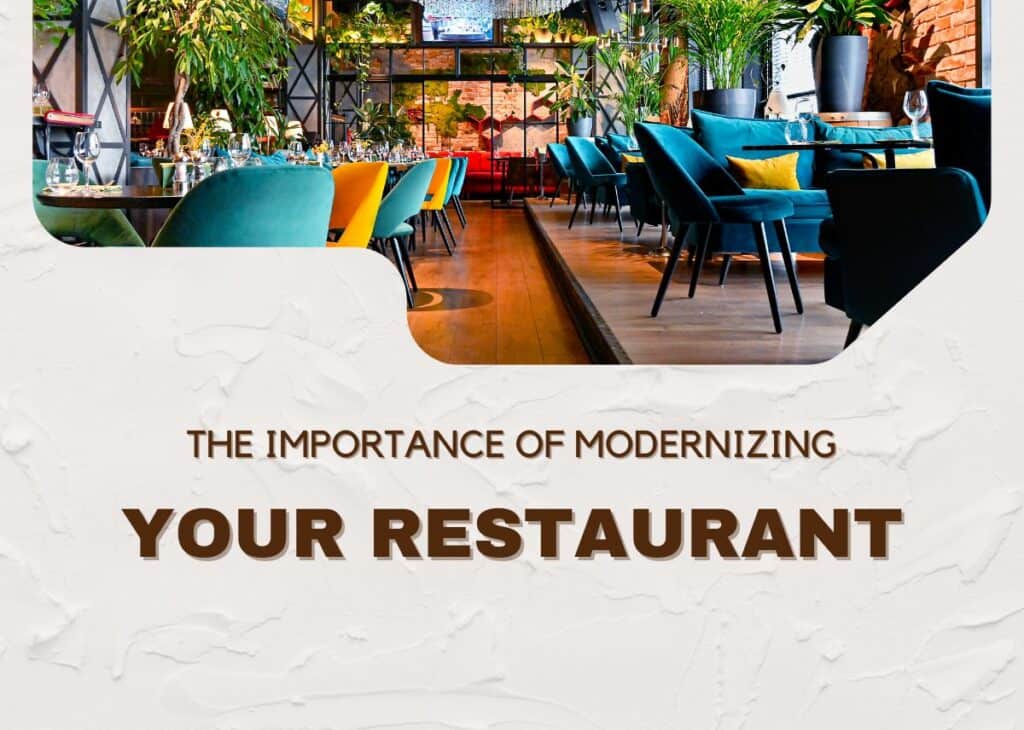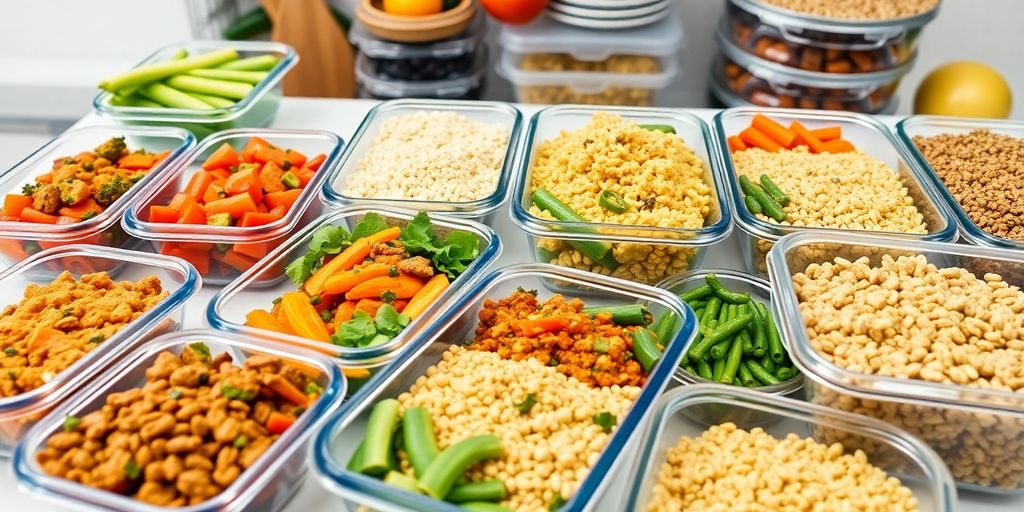9 Signs Your Business Needs a Restaurant POS System
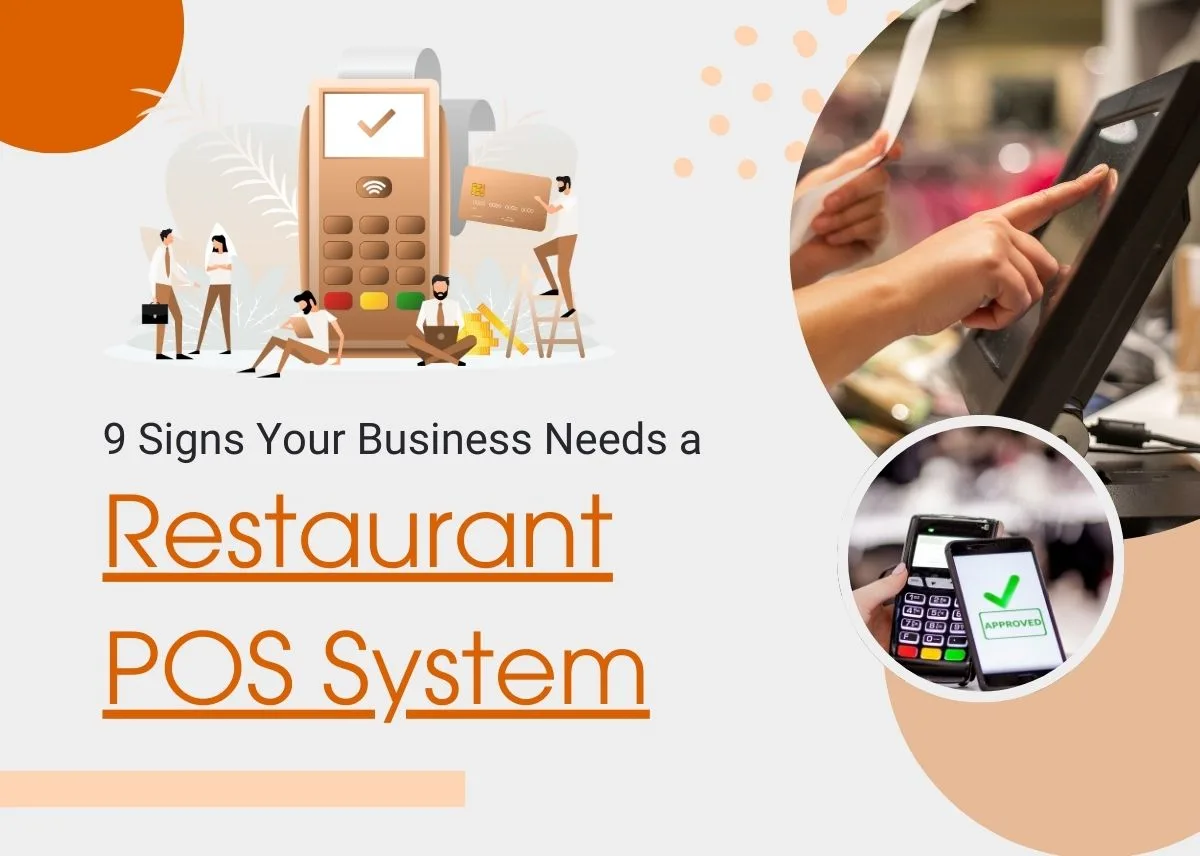
Running a restaurant means juggling dozens of moving parts. From coordinating staff to managing inventory and keeping guests happy, the demands pile up fast.
While spreadsheets, pen-and-paper tickets, and basic cash registers might hold up in the early stages, they tend to break down once things get busy.
If you’ve been wondering whether your current setup is holding you back, it probably is.
Table of Contents
Here are nine signs that it’s time to consider a restaurant POS system—and what that decision could mean for your day-to-day operations.
Signs Your Business Needs a Restaurant POS System
1. You’re Constantly Re-Entering Orders or Fixing Mistakes
Manual order-taking leaves too much room for error. A server writes something down, then someone in the kitchen misreads it.

Or maybe you’re copying orders into a spreadsheet at the end of every shift. These extra steps chew through time and increase the risk of mistakes.
Tablet-based systems reduce that margin of error. Orders go straight from the server’s tablet to the kitchen display, in real time. Less back-and-forth. Fewer wrong orders. No messy handwriting to decode.
2. You’re Running Multiple Tools That Don’t Talk to Each Other
If your order system doesn’t connect to your inventory tool—or if your payment terminal isn’t linked to your sales reports—you’re spending extra time cross-checking numbers. That’s not just inefficient. It also makes it easier for things to slip through the cracks.
A system like Rezku’s restaurant POS offers seamless integration, helping restaurant owners tie everything together.
From inventory tracking to customer payment and back-office reporting, it lets you manage restaurant operations on one platform instead of five.
3. You’re Not Tracking Menu Performance
Knowing your top-selling menu items isn’t enough. You also need to know what’s dragging you down—what rarely sells, what slows the kitchen, or what eats into your profit margins.
Modern POS software features include menu performance dashboards and sales insights that show you which items contribute to your bottom line and which need a rethink. Instead of guessing, you get to make data-informed decisions.
4. Staff Training Takes Too Long
If you’re spending days walking new hires through a clunky POS or handwritten ticket system, that’s time you don’t get back.
High turnover in the service and hospitality industries makes efficient staff onboarding essential.
POS platforms with an intuitive user experience cut that training time down significantly.
New team members can learn the system in under an hour and start taking orders confidently the same day. That’s a lifesaver for managers stretched thin.

5. You’re Running Out of Stock—or Over-Ordering
When inventory isn’t tracked in real time, it’s easy to run out of key ingredients during a shift or realize you’ve overstocked an item you barely sell.
Cloud based POS platforms with stock management features automatically deduct ingredients with each sale.
Some systems even alert you when supplies dip below a threshold, helping you order only what you need. That level of oversight keeps food inventory loss down and service consistent.
6. Payment Processing Is Slow or Inconsistent
Today’s guests expect fast, reliable payment options—especially at quick-service restaurants or mobile food businesses.
If you’re juggling outdated card readers or forcing customers to wait while the system resets, you’re probably losing repeat business.
Modern POS systems support multiple payment features: split checks, tap-to-pay, digital wallets, and even pre-pay options.
The experience is faster, cleaner, and more secure. That’s one of the perks for customers that keeps them coming back.
7. You Need Better Reporting—but Don’t Have Time To Build It
Busy managers don’t have hours to pull numbers manually. If you’re relying on spreadsheets or basic printouts to understand sales trends, labor costs, or customer behavior, you’re working harder than you need to.
Advanced reporting features let you view sales summaries, peak hours, staff performance, and more—all without the extra steps.
And because the data updates in real time, you can adjust your decisions quickly, without waiting for end-of-day reports.
8. You’re Growing, but Your System Isn’t Keeping Up
Expansion is a good problem to have. But it comes with operational headaches if your systems can’t scale.
Larger restaurants and multi-location businesses need responsive systems that don’t lag or fail under pressure.
Modern POS systems can handle a wide range of needs, from detailed table layout management for full-service restaurant setups to rapid service flows for food trucks.
Hardware bundles are also available to match the size and style of your service.
If your current setup chokes during the dinner rush, or if it takes minutes to generate a receipt, that’s a signal you’ve outgrown it.
9. You’re Spending Too Much Trying To Patch Together Solutions
Sometimes, the cheapest setup ends up costing the most. Buying individual tools to handle orders, payments, loyalty programs, and inventory often leads to overlap, compatibility issues, and extra monthly fees.
A cloud based POS system typically provides a wide range of features in one package.
While some advanced features may come with an additional cost, the overall pricing guide usually shows that all-in-one solutions are cheaper in the long run than piecemeal tools.
If you’re stuck comparing cheaper solutions without a clear winner, look for a comparison guide that includes software features, average price, and real-world use cases. That will help you skip the guesswork during the testing process and find the right fit faster.
Conclusion
A restaurant POS system manages tasks that affect day-to-day service—taking orders, handling payments, tracking sales, and keeping inventory updated.
It also supports how staff stay organized during busy hours and how you monitor performance across different parts of the business.
If the earlier examples reflect what’s happening in your own restaurant, switching to a POS may help you handle those areas with less friction and more consistency.
